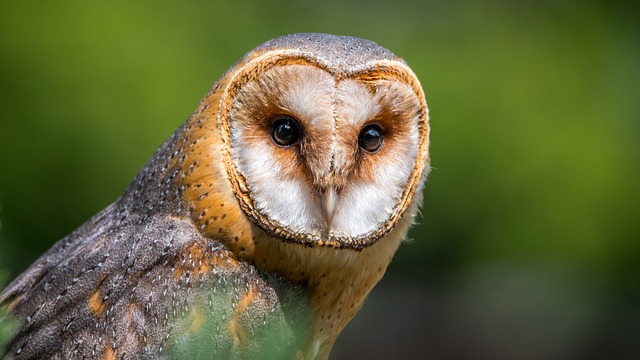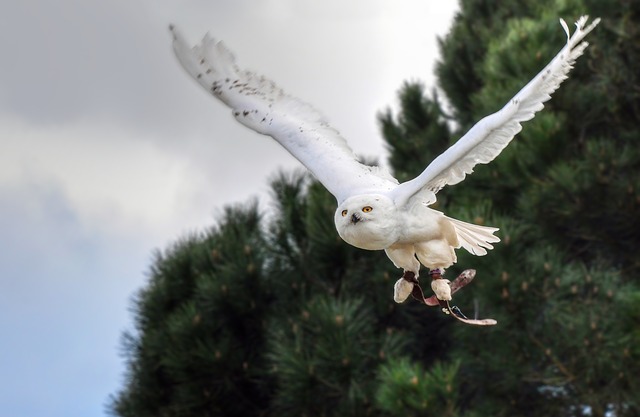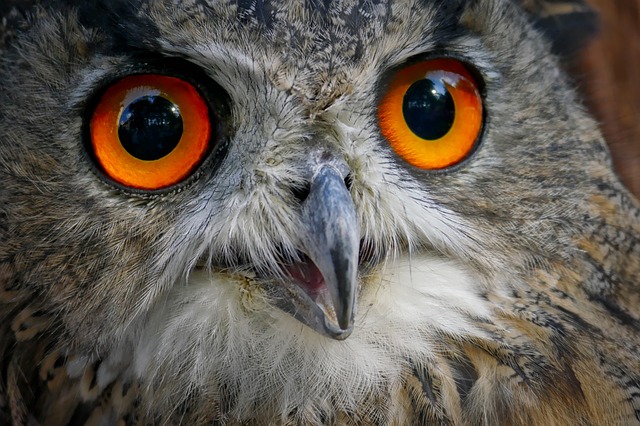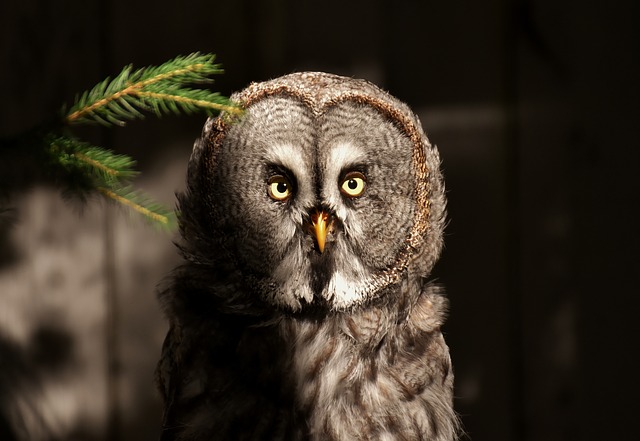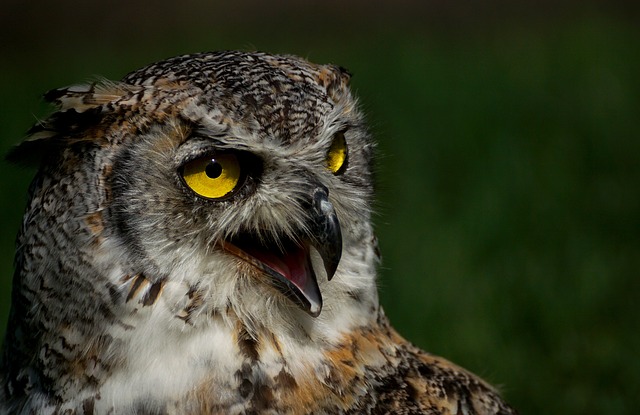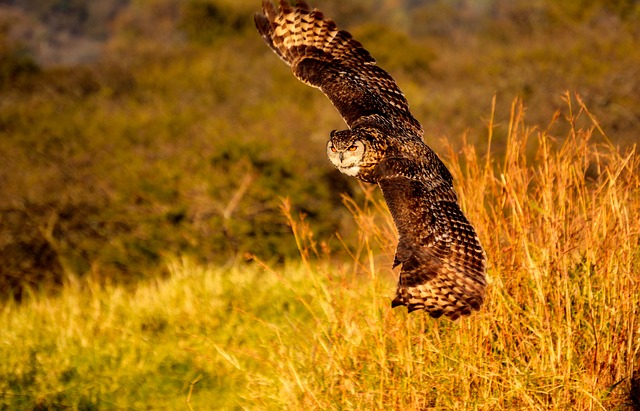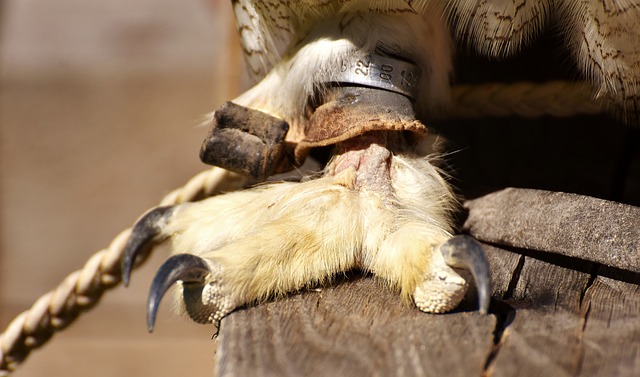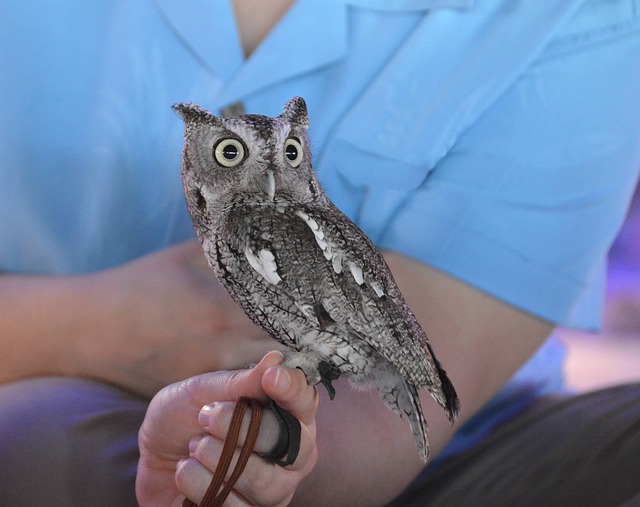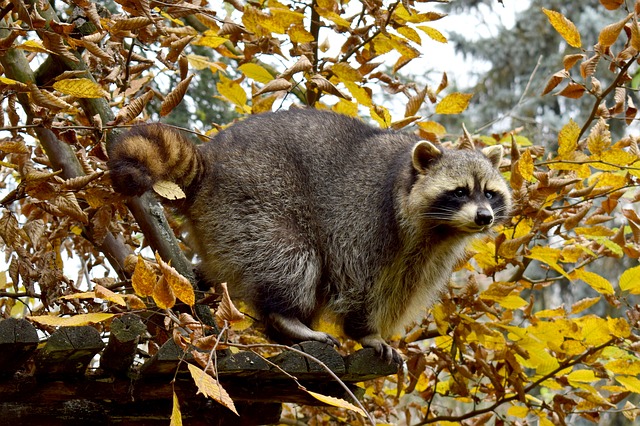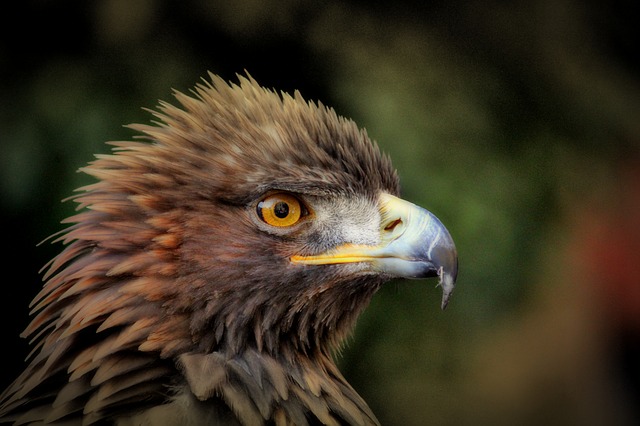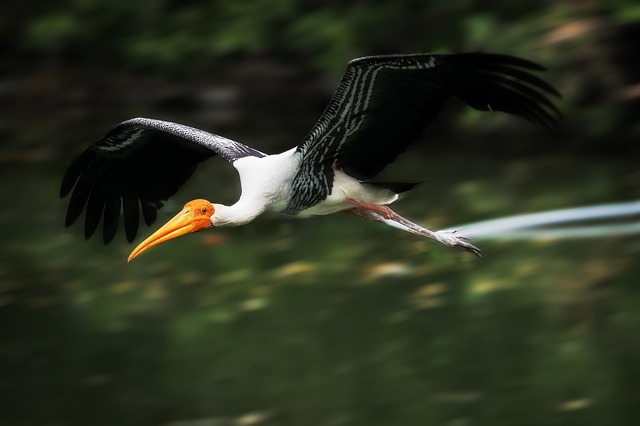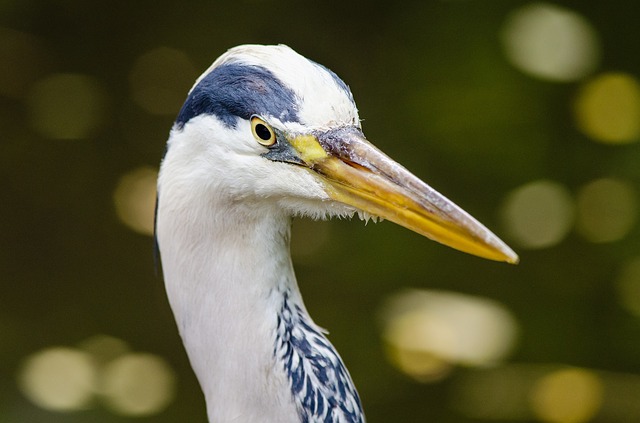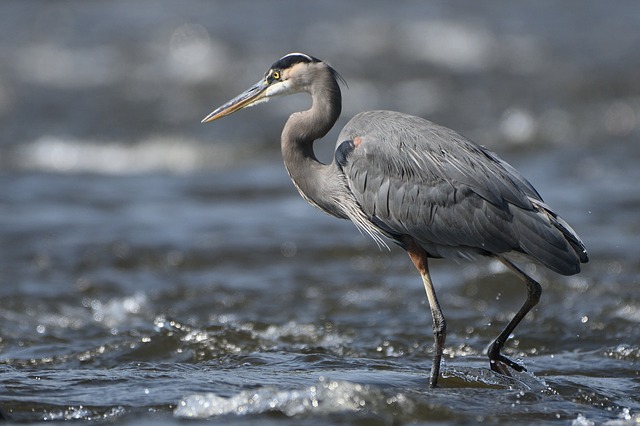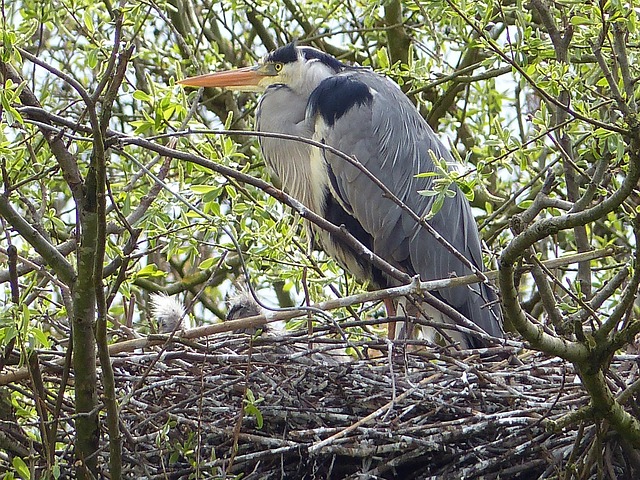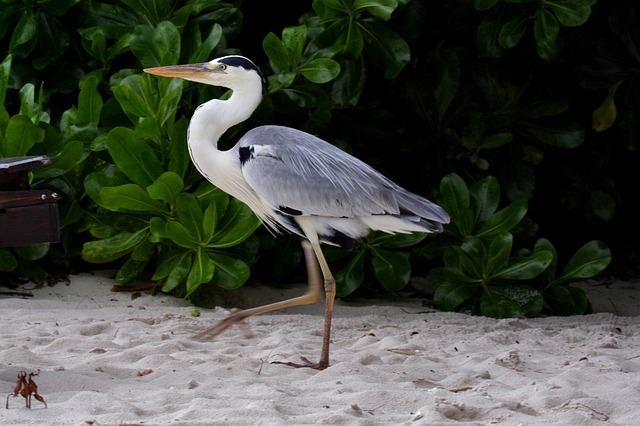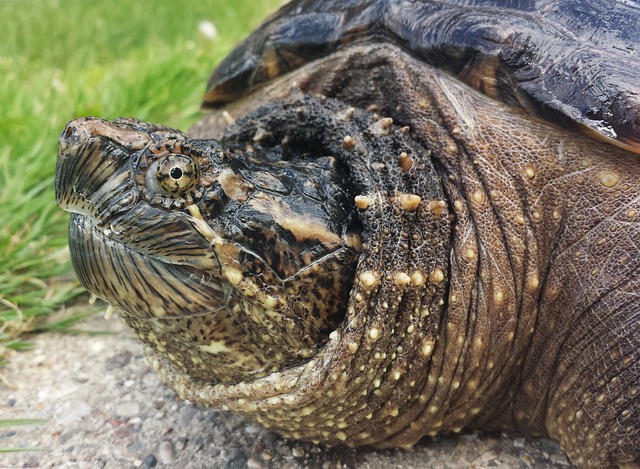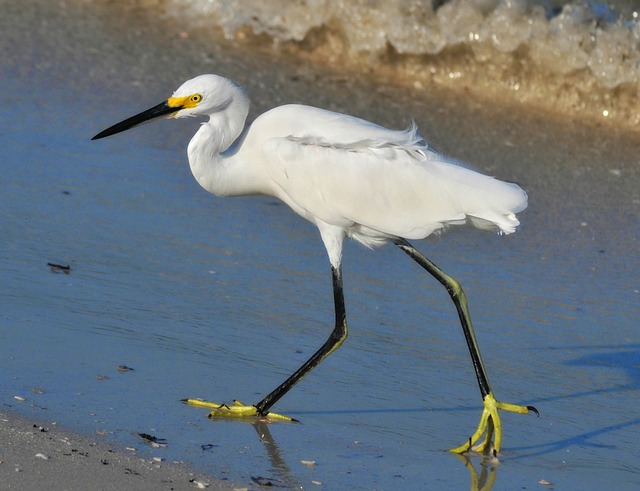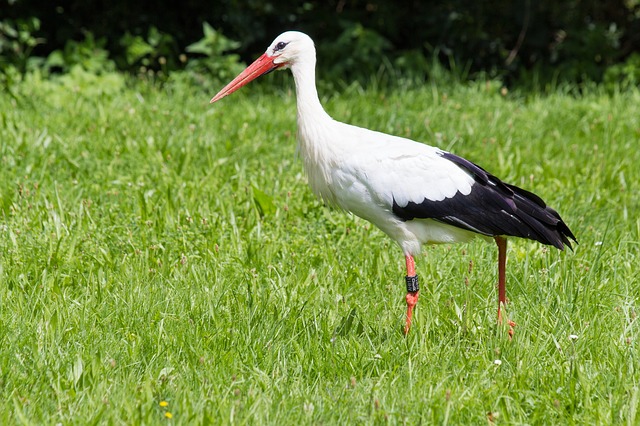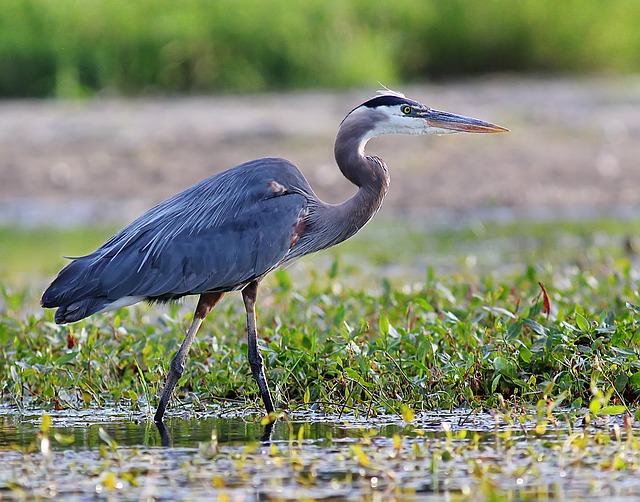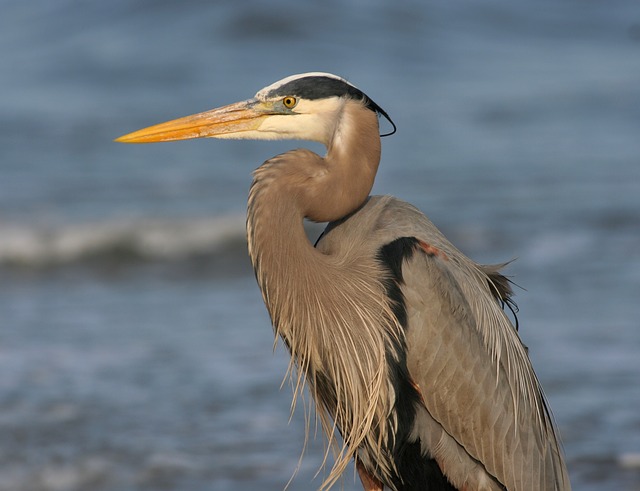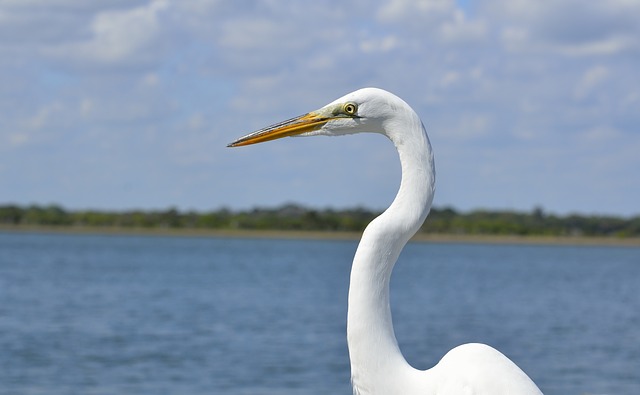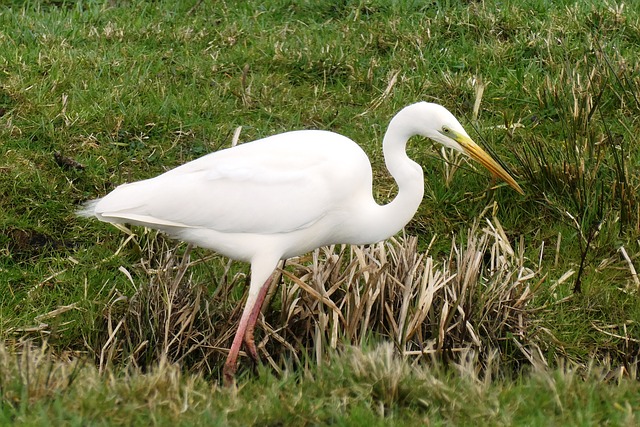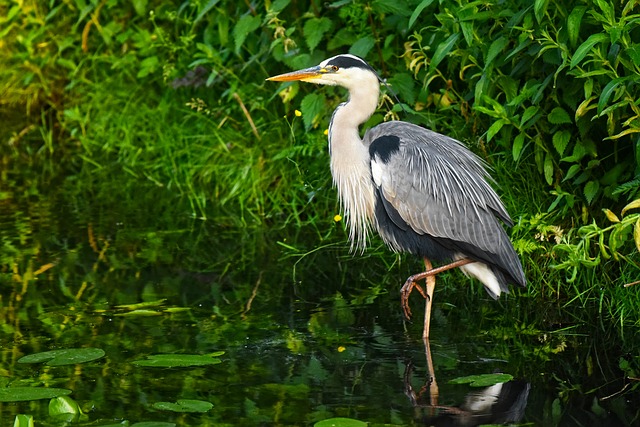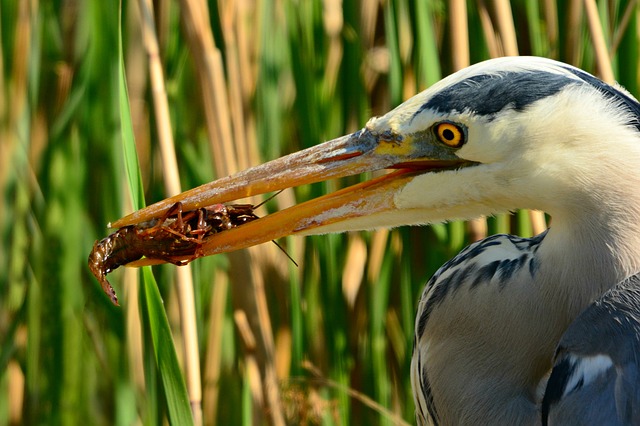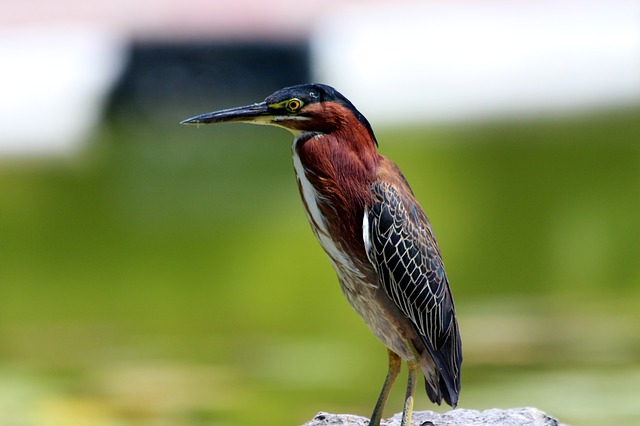
Owls are birds of prey that are mostly nocturnal. And there are many interesting things about these solitary and silent hunters. So we’ve collected some of the best owl pictures to show just how amazing they really are.
Barn Owl
The barn owl has the widest range of any owl and can be found on six continents. There are anywhere between twenty and thirty sub-species. In general, the barn owl is a pale bird with white under-parts and brown or golden speckled wings. Some sub-species may be darker in color.
The barn owl has a distinct heart-shaped face and dark eyes. Its unique face is often compared to that of a mask or a ghost. Unlike many other owls, the barn owl doesn’t hoot instead it screams or shrieks. It often roosts in barns and can be a big help to farmers since its diet consists mainly of rats and mice.
Snowy Owl
The snowy owl is found in arctic regions of both Eurasia and North America. This species is mostly white to help camouflage it in the arctic tundra. Young snowy owls have black flecks on their feathers which turn white as they get older.
Females however will keep many of their dark spots in adulthood. The snowy owl is large and in North America is considered to be the heaviest owl. It hunts in the daytime and while it mostly preys on lemmings it is known to take prey as large as adult geese.
Great Horned Owl
The great horned owl is widespread and can be found throughout North, Central, and South America. It is a large owl that has very big eyes. It has two distinct tufts of feathers on its head that look like horns, which is how it got its name.
These tufts are known as plumicorns. This species eats a variety of prey such as rodents, rabbits, and snakes. But it will also kill and eat larger animals such as hawks, skunks, and porcupines. Because it is such a ferocious and powerful predator it is sometimes also called the tiger owl.
Owl Eyes
Like other birds of prey, owls have excellent eyesight. Their eyes are very large in comparison to the size of their heads. These large eyes allow them to have excellent nocturnal vision.
Because their eyes are set in the front of the face it gives them a very large binocular view and also incredible depth perception. However, their eyes cannot move so in order to change their field of view owls must move the position of their heads.
Great Grey Owl
The great grey owl is a large owl that inhabits the northern hemisphere. It is grey with fluffy plumage and a big head. This species also has long wings and a long tail. Even though it is not the heaviest, based on the overall body length it is considered to be the biggest owl in the world.
Despite its large size, however, up to ninety percent of the great grey owl’s diet consists of small rodents. This species has one of the best senses of hearing of all owls and using its hearing alone it can locate prey under one to two feet of snow. Once the position of the prey is located the owl will then plunge into the snow to catch it.
Owl Feathers
Owl feathers of course help an owl to fly but they are also specially adapted to help it hunt. The feathers are colored to help the owl blend in with its environment. And unlike many other types of birds, the colors on the feathers are dull. This makes it much harder for their prey to see them.
Most owls, except for some fish-eating species, have feathers with special serrated edges. These edges are located on the flight feathers and reduce the amount of noise created by the wings when flapping. This can make owls seem almost silent in flight which is a very helpful advantage as a predator.
Owl Beak
An owl beak looks much different from that of eagles and other birds of prey. It is short and downward curving. This helps to keep the owl’s field of vision as clear as possible. The beak is hooked at the end with sharp edges on both the upper and lower parts. It is used to crush and kill prey along with gripping and tearing through tissue.
Owl Eating
An owl catches its prey by grabbing it with its sharp talons. The initial impact of this will typically stun the animal giving the owl time to kill it with its sharp and powerful beak. The prey animal may then be eaten on the spot or carried away.
Small animals are carried in the beak while larger animals are carried in the talons. When there is an abundance of prey, owls may actually save their kills in a cache located in their nest or in a hole in a tree.
Flying Owl
The majority of owl species have wings that are large, rounded in shape, and also wide. These physical features help to provide a large surface area that allows a flying owl to use little energy and requires minimal flapping.
Owl Claws
All owls have long claws known as talons. They use their talons to catch their prey. When attempting to grab their prey they spread out their talons widely to help increase the chances of success. The shape, length, and color of owl talons can vary depending on the specific owl species.
Baby Owl
Baby owls are fed by the male owl which brings prey items back to the nest several times per day for them to eat. From between one and two weeks of age, they develop a coat of down feathers known as mesoptile. After around three or four weeks baby owls may begin to explore the area outside of their nest.
Pet Owl
Some owl pictures can make owning one as a pet one seem tempting. However, it’s not a good idea for many reasons. In most countries, it is actually illegal to own an owl without a special permit. And as predators, they have sharp beaks and talons that can cause serious injuries and damage.
Most owls are nocturnal and therefore can be very noisy at night, especially during mating season. Owls also require a diet of whole dead animals which will need to be purchased, frozen, and also prepared on a daily basis. And owls can live up to thirty years in captivity which means a lot of care over many years.
Start Shopping for Birding Supplies!
Raccoon Pictures
Raccoons are easily recognizable by their black face mask and ringed tail. And there are many fascinating things about this intelligent nocturnal species. So we’ve compiled some of the best raccoon pictures to show you just how amazing and unique they are. Raccoon...
Eagle Pictures
Eagles are large powerful raptors with sharp talons and beaks. These apex predators are typically at top of the food chain and there are many interesting things about them. So we’ve compiled some of the best eagle pictures to show you just how amazing they are. Bald...
Nutria Pictures
Nutria are large semi-aquatic rodents from South America. In the United States where they were originally imported for the fur industry, they are an invasive species. Despite their pest status, there are many interesting things about them. So here are some of the best...
Stork Pictures
Storks are tall wading birds with long legs and necks. These amazing birds have many fascinating things about them. And we’ve compiled some of the top stork pictures to help show you just how interesting and beautiful they are. White Stork The white stork has a body...
Alligator Pictures
The American alligator is a large predatory reptile that inhabits the southeastern United States. It’s a fascinating animal with many interesting things about it. And we’ve collected some of the best alligator pictures to help show you just how amazing they are....
How Long Do Great Blue Herons Live?
The life expectancy of birds is known to be closely related to their size. So as the biggest heron species in North America, how long do great blue herons live? The average life expectancy for these large birds is around fifteen years. However, surviving their first...
Where Do Great Blue Herons Live?
The great blue heron is considered to be the most widespread heron in North America. So exactly where do great blue herons live? Here’s what you’ll want to know. Great Blue Heron Range The great blue heron is found throughout most of the North American continent. In...
Where Do Great Blue Herons Nest?
While many of us have seen great blue herons their nesting habits often remain a mystery to most people. That’s because they purposely nest in hard-to-reach places. So where do great blue herons nest? Here’s the answer. A Colony Nester Typically great blue herons nest...
Do Great Blue Herons Migrate?
Do great blue herons migrate? This is something many people wonder about, especially if they’ve seen a heron during the cold winter months. And the answer is both yes and no. Here’s what you’ll want to know. Great Blue Heron Range The great blue heron has a large...
Great Blue Heron Pictures
Few species of birds are as tall, elegant, and attractive as the great blue heron. So we’ve compiled some of the best great blue heron pictures for you to admire and help you to learn more about this amazing bird! Great Blue Heron Head The head of the great blue heron...
What Do Snapping Turtles Eat?
Many people are familiar with the fact that snapping turtles have an incredibly strong bite. They use their strong jaws and sharp beak not just for defense but also for catching food. So what do snapping turtles eat? Here's what you'll want to know. Snapping turtles...
Birds That Look Like Egrets
Egrets are predatory birds that hunt and live in a range of both freshwater and saltwater habitats. These birds are usually white, and have S-shaped necks, long legs, and dagger-like beaks. However, they are often mistaken for several other types of birds that look...
Birds That Look Like Storks
Storks are large wading birds with robust bills and long legs. These tall carnivorous birds are well-known for their wide wingspans and also for building huge nests. However, they are often confused with several other bird types that have a similar appearance. So...
Birds That Look Like Herons
Herons are tall birds with long slender legs and necks. And they often wade in the water when hunting for food. Yet there are several other types of birds that may be mistaken for them. To make things more confusing many of these birds also spend time in the water and...
Great Blue Heron Facts
The great blue heron is named for its size and the grey-blue color on its wings, stomach, and back. This species has many fascinating things about it. So here are the top great blue heron facts. It's The Largest North American Heron The great blue heron is a big bird...
Are There White Herons?
Are there white herons? This is something many people wonder especially after seeing a tall all-white bird. The answer is yes! And here’s a fast introduction to them. A White Color Morph Most people are familiar with the great blue heron, a large predatory and...
Great White Heron Facts
While many people are familiar with the great blue heron, they are often surprised to find out that there’s also a great white heron. There are many things you’ll want to know about this stunning bird. So here are the top great white heron facts. The Great White Heron...
What Animals Eat Herons?
Because of their size and long sharp beaks, it can be hard to imagine that herons have any natural predators. While they do, they definitely don’t have nearly as many predators as most other types of birds. So what animals eat herons? Predators Of Adult Herons For...
What Do Herons Eat?
Great blue herons are often seen slowly wading in shallow water hunting for food. You may have even spotted one of these large birds in your own backyard pond. This leaves many people wondering: “What do great blue herons eat?” And here’s everything you’ll need to...
What Do Green Herons Eat?
The green heron is a secretive and small heron species. What it lacks in size however it makes up for in intelligence. It is particularly well-known for how it uses its smarts when hunting for food. So what do green herons eat? Read on to find out. Meet The Green...
